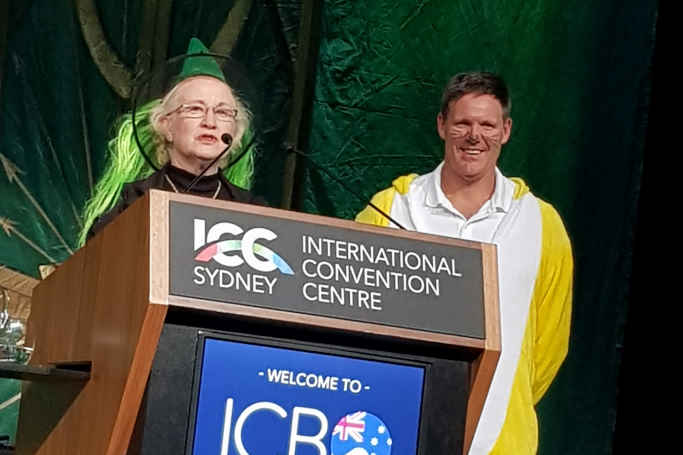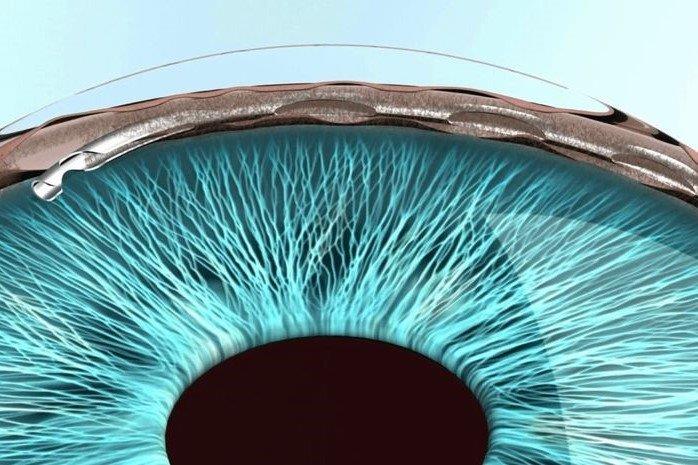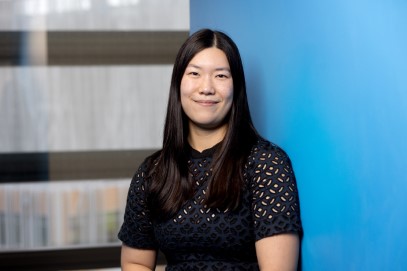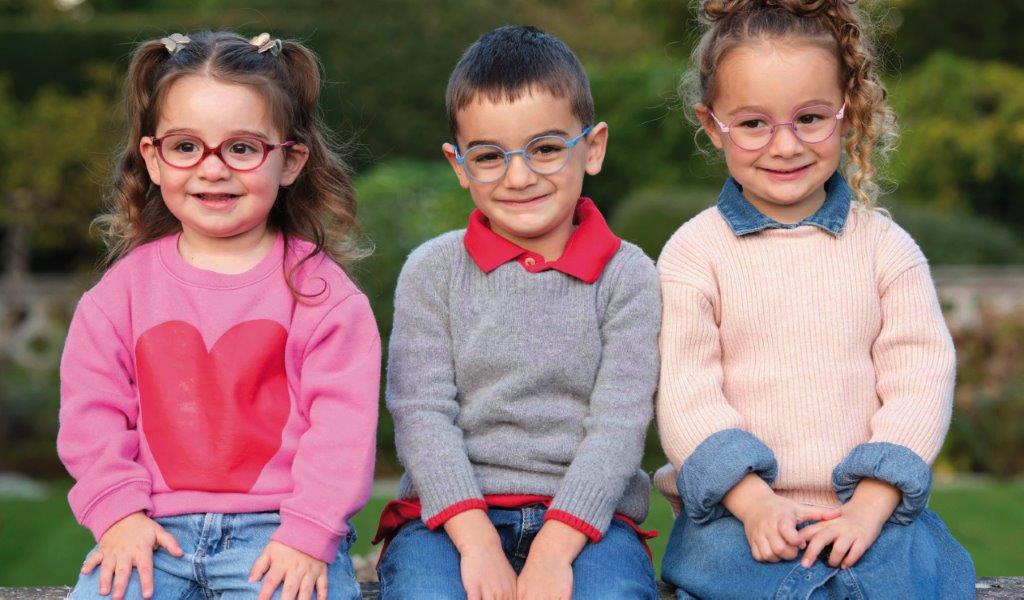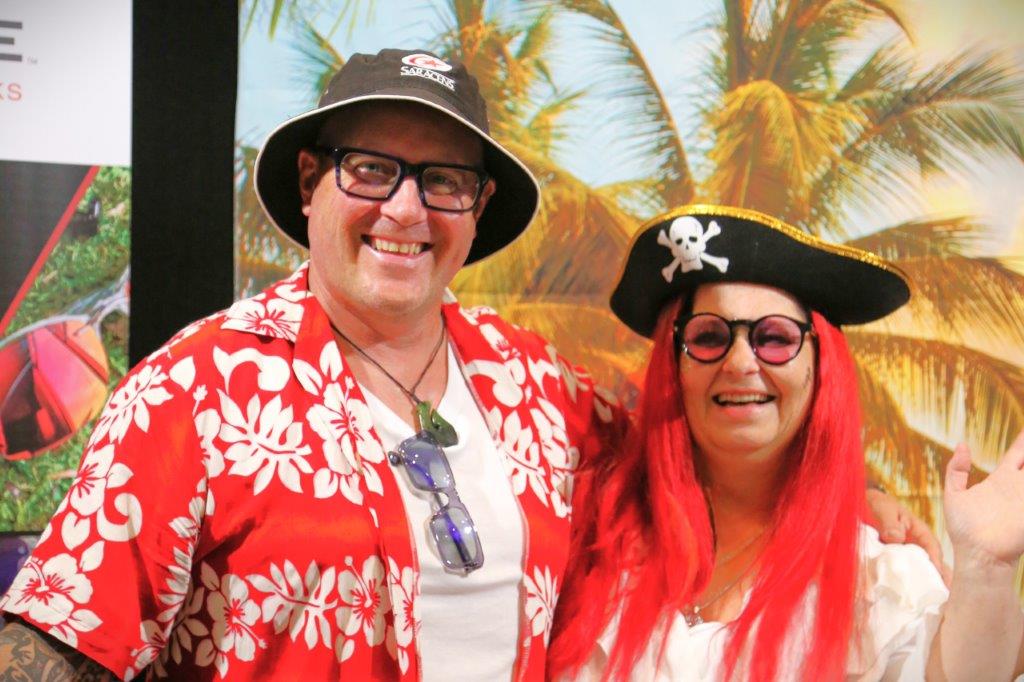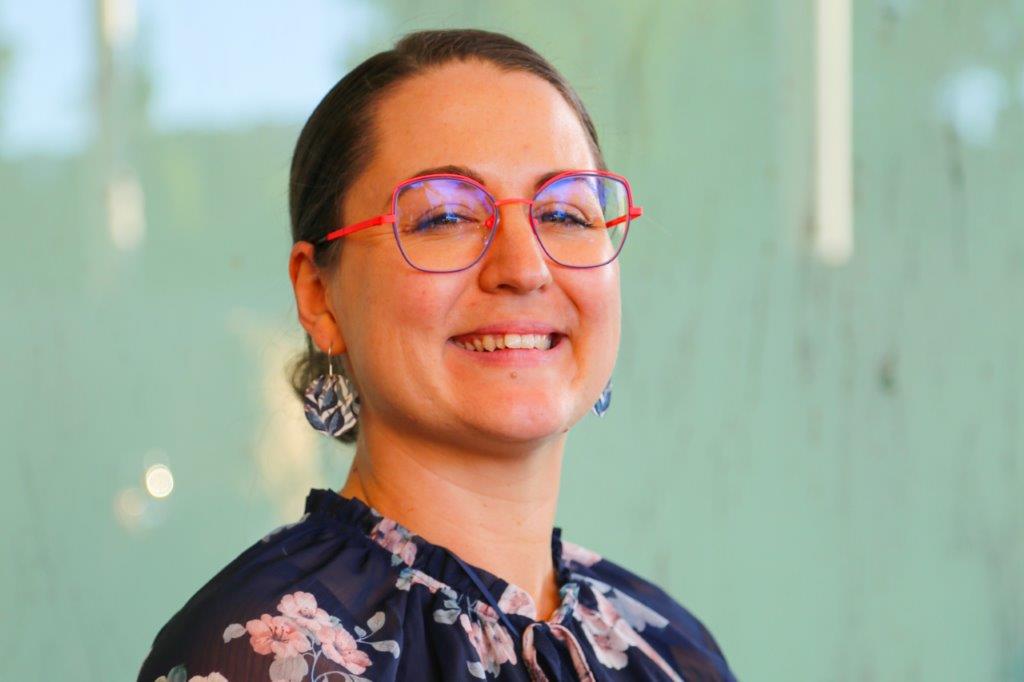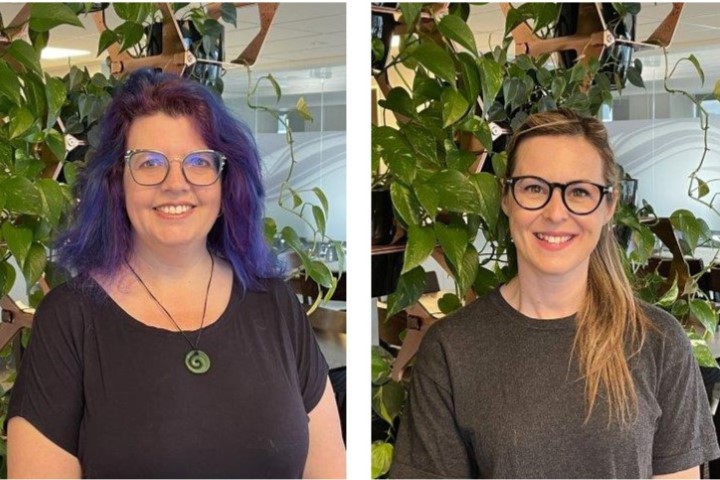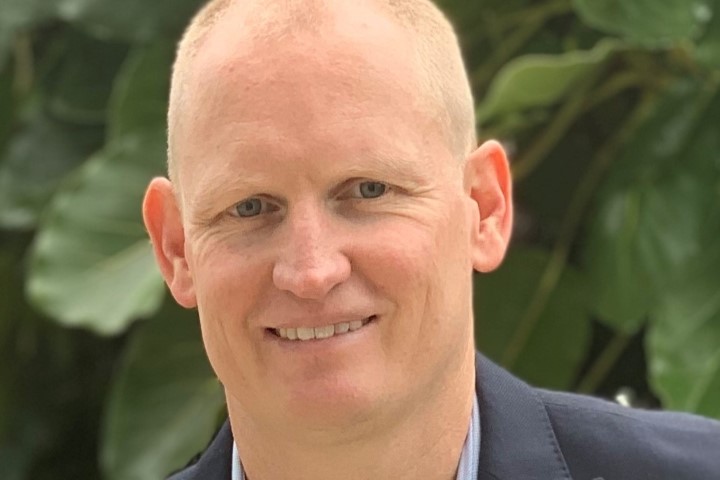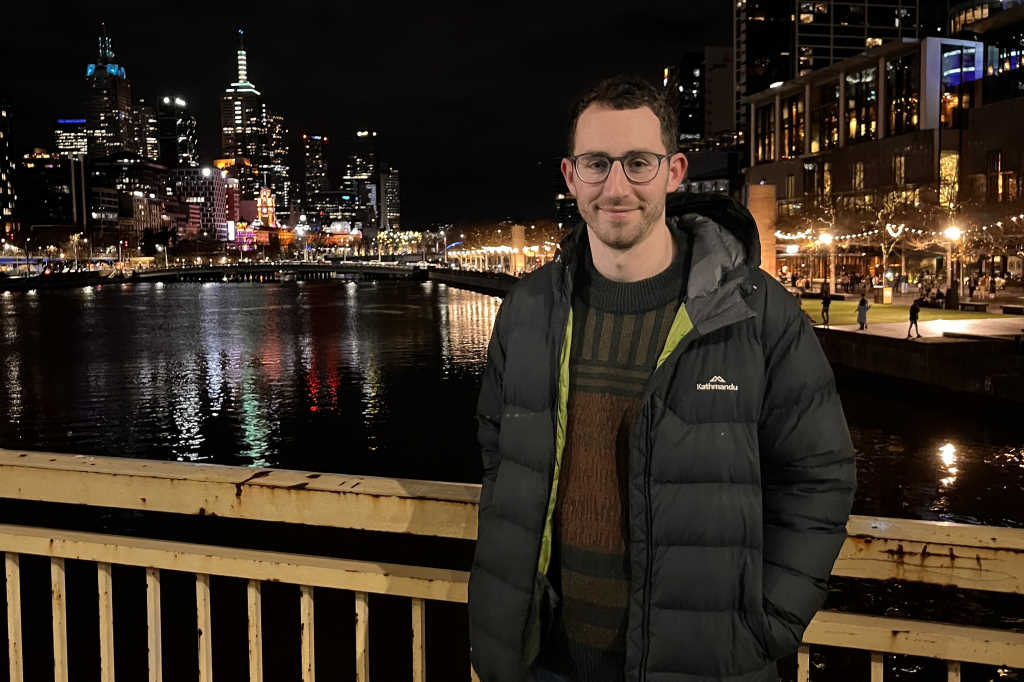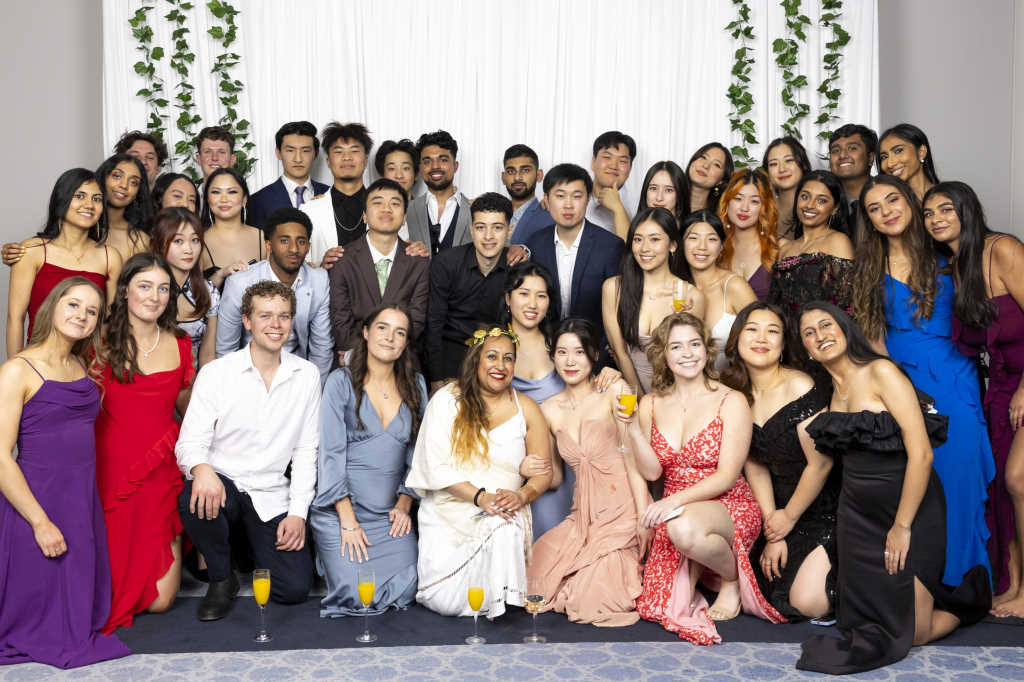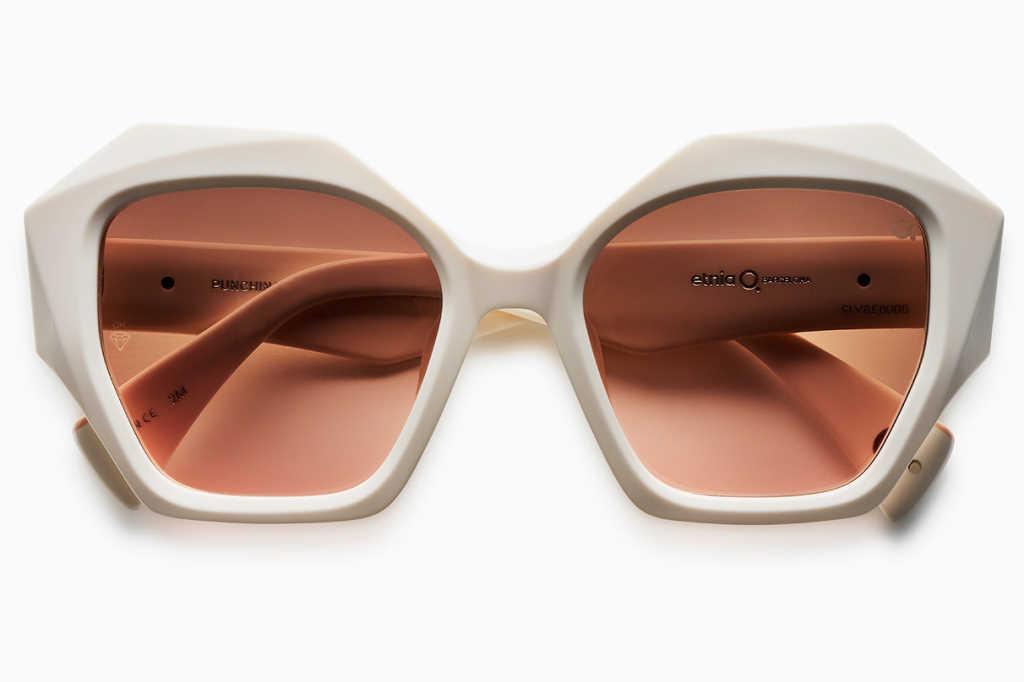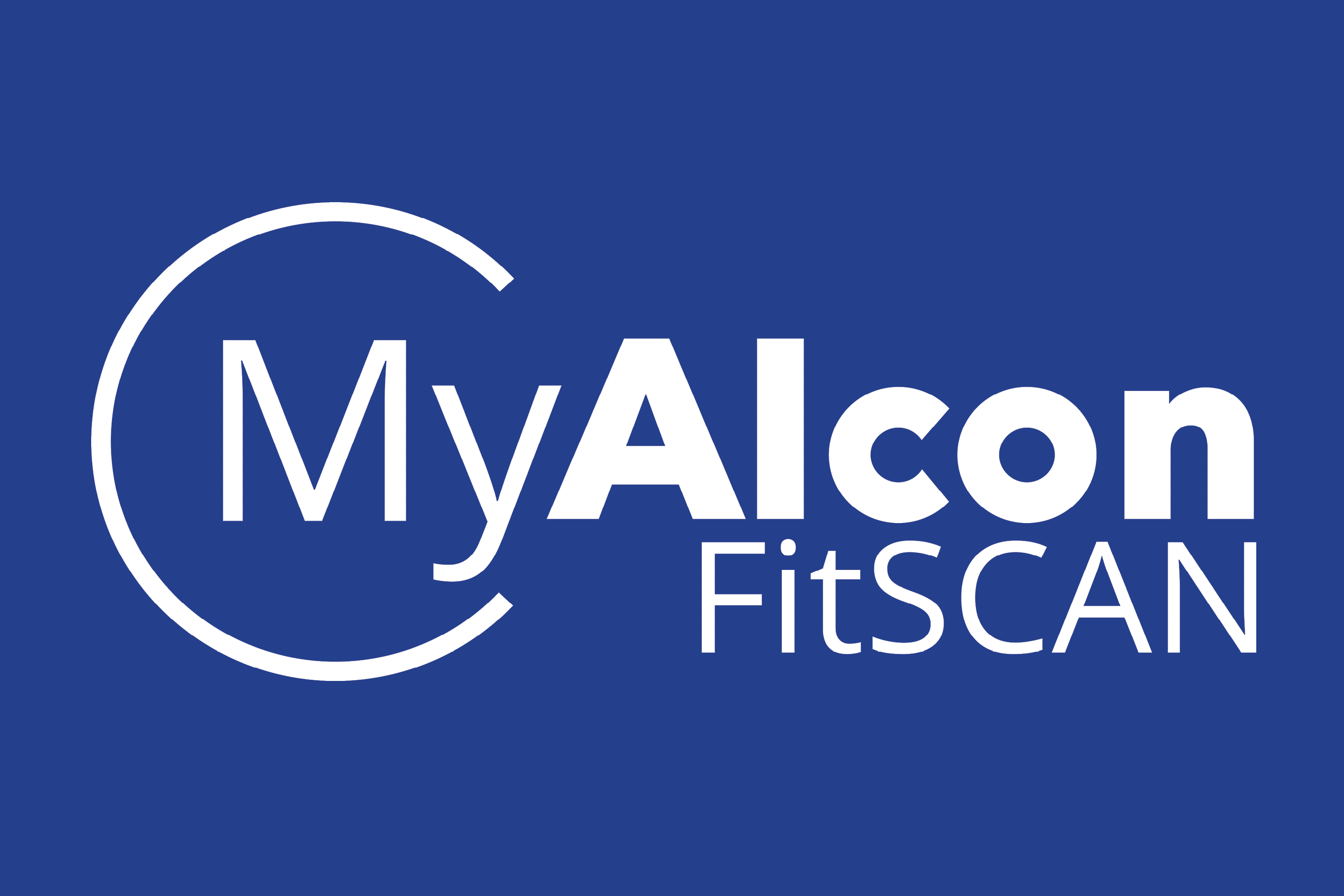ICBO 2018: Excellent optometric education
Held every four years, the International Congress of Behavioural Optometry (ICBO), was hosted this year in Sydney, by the Australasian College of Behavioural Optometry (ACBO) and the Optometric Extension Program, which was celebrating 90 years of continuing optometric education.
ICBO is not an identity in its own right but is a collection of international organisations of behavioural optometry and neuro-optometric rehabilitation associations. The Sydney congress had 22 countries represented.
What do behavioural optometrists talk about when they get together? Function rather than structure.
Behavioural optometry is not about how we look into the eye, but about how our patient is looking out at the world. How we function in our visual environment, interpreting visual information and integrating it with the information from other senses. Most behavioural optometrists work mainly with children and coordination both physical and sensory.
Low vision and behavioural optometry?
So, what is a low vision optometrist doing at a behavioural optometry talk-fest?
As a low vision optometrist, I work on the same spectrum and with the same philosophy of interpreting how the person looks outward and how to help my patients use their vision more efficiently and comfortably, analysing the visual demands, including the sometimes-subtle changes brought about by neurological problems. So, there is a strong overlap between low vision rehabilitation, developmental sensory integration and visually related learning problems.
This year’s congress
The four-day education programme at this year’s ICBO congress featured internationally-recognised keynote speakers on emerging science, as well as a large faculty of lecturers presenting on a broad range of subjects.
For the first time, this year ICBO included a parallel four-day programme for vision therapists. The presenter of this stream, Patti Andrich, an experienced vision therapist and lecturer from Ohio, proved such a hit with all delegates with her animated description of how early primitive reflexes lead visual development and its connection with other senses, that her sessions initially bumped the optometrist speaker line-up into the small lecture room and then had to be repeated for those who missed out. ‘FOMO’ was thriving at ICBO.
Back in the main optometry stream, Professor Carly Lam from the Hong Kong Polytechnic University presented the theory and practical application of a new spectacle lens, which uses a mid-peripheral defocus zone, and is being trialled for controlling the progression of high-degree myopia.
Neuro-rehabilitation and optometry
Dr Charles Shidlofsky, from Neuro-vision Associates in Texas, outlined the symptoms that frequently occur as a result of mild concussion-type injuries through to moderate-traumatic brain injuries and the use of therapeutic lenses to help relieve symptoms, compensate and rehabilitate patients to greater independence in their daily living skills. Of particular interest, was the use of a tint known as FL-41 (available from CR Surfacing Laboratories) which has shown good results in relieving symptoms of photostress, migraine and, fascinatingly, blepharospasm.
This was also discussed by well-known Australian lecturer and current ACBO president, Steve Leslie, who continued the theme of neuro-rehabilitation with a practical session on pattern glare, photosensitivity, the patient’s description of symptoms and the measurement and effect of tinted lenses. This can sometimes be an area of controversy (see p6-7) but potentially life-changing for patients in relieving distressing symptoms.
Brien Holden and combating eye disease
Day one finished with the Brien Holden Memorial Lecture delivered by Professor Kovin Naidoo, CEO of the Brien Holden Institute, who spoke first about the late Brien Holden and his contribution to world eye care, particularly in the identification of trachoma as the leading public health issue and cause of blindness globally. He also discussed Brien’s unique personality and brand of humbleness which was so evident when he was awarded the Skeffington Alexander award for the person or organisation that has made a significant contribution to vision in the world. Getting up to receive his award, Prof Naidoo recalled, Brien announced that ‘awards are like haemorrhoids, eventually every arsehole gets one!’.
Brien was greatly influenced by the poverty he witnessed when he travelled to the UK for his PhD and stopped on the way in Sri Lanka. He continued to think first about what he could give rather than what he could get, said Prof Naidoo, and his legacy continues in the Brien Holden Institute which is now active in more than 50 countries.
By 2010, according to Prof Naidoo, the major issues of cataract, river blindness and trachoma had largely been addressed and blindness, due to these causes, had reduced from 3% to 1.9% of the world’s population. However, visual impairment and, specifically, uncorrected refractive error is now a major health issue that significantly impacts international productivity. He shared a poignant example of how in some parts of the world, a person could get cataract surgery if needed but not a pair of prescription spectacles!
Myopia: a global issue
Myopia is becoming a global issue and, for the first time, the issue is not related to poverty.
Myopia is the most democratic of conditions, rich people catch it more, but it is generally not selective between rich and poor. The projected prevalence of myopia in 2050 is 52% of the world population, approximately five billion people. In Australia and New Zealand, it is estimated that 55% of population, or 22 million people, will have myopia, of which 1% will have high myopia with all the incumbent risks. In 2015 the loss of productivity due to myopia alone was estimated at US$365 billion.
The Brien Holden Vision Institute has developed a myopia calculator as a tool to illustrate the impact of the various myopia management strategies on myopia progression in a child. The tool applies evidence-based research to create a Control Rate (%) slider incorporating variables such as age, ethnicity and refractive error to show a comparison of how the different available management strategies might affect the outcome. It is a valuable tool to assist practitioner, patient and parent communications. To learn more, visit www.calculator.brienholdenvision.org.
The evolution of visual senses
Two stand out presentations were given by the keynote speaker, US-based theoretical cognitive scientist, Mark Changizi, and our own Evan Brown (see below), an Auckland-based behavioural optometrist, who are both on an entirely different level of thinking to the rest of us.
Changizi has researched the evolutionary origins of biological and cognitive design and is the author of several books on the subject. He spoke about three of his research directions: perceiving the present hypotheses to understanding optical illusions; the nature-harnessing theory linked to the origins of writing, speech and music, and why we don’t hear our own accents when we talk; and skin signalling related to the origins of primate red/green vision. His philosophy is to study the “why” of how things evolve; “what is its use or purpose?”
He also discussed the wider evolutionary theory of colour vision from dogs, which are known to see only in grey scale and have blue/yellow cones but no red/green, to birds and bees which have four cones spread evenly across the spectrum to enable them to detect a variety of flowers, fruit and leaves. Primates, meanwhile, have three cones with two of them close together in the centre of the spectrum.
Changizi, hypothesises that colour vision in primates evolved to allow primates to read emotions in skin tones rather than for picking food types. Blood underlies the skin surface and the more oxygenated the blood the redder it is. Therefore the blood underlying the colour of bare skin is the strongest and most honest signal of the condition of a person. If colour is about seeing emotion then there needs to be naked skin showing. Apparently, primates that have fur all over do not have the three-colour cone vision that humans and other primates, who have bare skin patches, have.
Whether or not this hypothesis can be proven, Changizi and others have developed VINO glasses which are designed to help medical people, particularly those with colour vision defects, to detect veins and variations in skin colour. These glasses are also becoming popular with poker players!
ABCO ups the Kiwi connection
The AGM of the ACBO provided some welcome relief for our over stretched neurons. Two new Board members were introduced, including Evan Brown. Evan is a fellow of ACBO and together with Bev Roberts, a stalwart of behavioural optometry, run the thriving Practical Vision Therapy programme in Australia. This programme is now being run in Canada and New Zealand and soon will start in the Philippines.
President Steve Leslie acknowledged that Evan’s appointment to the Board is a first for ACBO, who despite the name Australasian College of Behavioural Optometry have never had a director from outside Australia. Certainly we’ve come a long way from the early mid-1980s when Roger Apperley and I had to fight for an inclusive name change from the then ‘Australian’ College of Behavioural Optometrists.
Asked what having a New Zealand representative might do for local behavioural optometry, Evan replied that it is the Australasian College and his priority is to address the greying of the organisation by introducing younger colleagues, particularly those who may not have had much opportunity to gain experience in this very satisfying area of optometric practice.
To this end, the conference dinner (appropriately-themed ‘Return to Oz’) was also a graduation celebration. It was with great pride that we witnessed another New Zealander, Niall McCormack from Hastings, receive his fellowship certificate alongside Beverley Sacho, now practicing with her husband Colin in Melbourne, but who emotionally reminded everyone that her roots in behavioural optometry were planted in Auckland when she was given her first job at Barry & Beale, my own former practice.
I uncovered further evidence of forward planning for this region when I came across the New Zealand delegates in a huddle one lunchtime, planning a Behavioural Vision Care introductory seminar later this year for recent graduates and other interested colleagues. The aim is to follow this seminar with a Practical Vision Therapy series in New Zealand to make it accessible to all optometrists. Watch out for more information as planning progresses!
Anxiety, distress and the eye
The first lecture slot the day after the conference dinner can be tough, but Evan ripped into it with an outstanding lecture titled ‘Anxiety, distress and the visual process’. The statistic that 16.6-28% of the population suffer from anxiety was a wake-up call. Not surprisingly, females outnumber males in this statistic 23.4% to 14.3%.
Evan then tackled the neuro-endocrinology of anxiety and the stress response, reminding us of the neuroanatomy of anxiety in which the parasympathetic nervous system helps us self-regulate, communicate through voice or gesture and show and read emotion by accessing the social engagement system. The stress response is a neural and hormonal pattern of behaviour that for humans and other mammals maximises the availability of energy in the skeletal muscles and brain and activates the immune system to battle stations. Distress is when, under adverse conditions, the active coping response is unavailable and we tend to engage a vigilance response involving the sympathetic nervous system, accompanied by inhibition of movement and shunting blood away from the periphery. In other words, the behaviour of anxiety is both a neurological and a chemical reaction resulting in a stress response reaction. Personality determines the type, strength, and length of reaction. Aggressive personalities associate with norepinephrine release and may show unusual aggression, whereas anxious personalities associate with epinephrine release which may result in a flight behavioural disposition with dysfunctional adaptations, such as selective mutism withdrawal or freeze mode.
Many visual abilities are important to the developmental learning of the social engagement system including the magnocellular processing of motion and the dorsal stream control of fixation, binocularity and oculomotor control. Evan quoted Arnold Gesell, who in 1950 wrote “the visual system is more than a dioptric lens and a retinal film. It embraces enormous areas of the cerebrum; it is deeply involved in the autonomic nervous system; it is identified reflexively and directively with the skeletal musculature from head and hand to foot.” Likely clinical findings for anxious patients are accommodation dysfunction, near esophoria, high AC/A ratio, restricted divergent ranges with early blur points, convergence insufficiency and early fatigue.
Unilateral spatial neglect
Unilateral spatial neglect (USN) is not a subject frequently talked about. This is a common consequence of stroke and other traumatic brain injury incidents. Cathy Stern, who has experience in several rehabilitation settings in the USA, gave a very comprehensive overview on how to distinguish USN from hemianopia, the problem of agnosognosia or lack of awareness of the defect, and rehabilitation strategies. As with any brain injury, there is no one size fits all method to alleviate the problem and no quick fix, but Cathy outlined the technique of multiple sessions of Prism Adaptation Therapy using a 20-40 dioptre prism and ballistically-fast reaching hand movements with the patient’s hand shielded from their view. The effect can last from hours to, eventually, months after the prism is removed. Fascinating stuff they didn’t teach us at optometry school!
Other highlights
Those who delight in self-torture were given the option of a daily 6am run around the harbour followed by an hour of yoga/pilates. While for those still raging after all this, plus a day of lectures, our hosts arranged the Australian Crawl – a date with a local Aussie host!
A new innovation was the launch of the ICBO 2018 app which went live as the conference kicked off, providing access to speaker profiles and PowerPoint files allowing attendees to interact live with lecturers by posting questions during presentations to the session moderator, rate the session and upload comments and photos which were available for all to see. I was probably the only person in the room using an old-fashioned pen and paper to take notes, partly through habit and, mainly, my inability to flick between taking photos while following the app on the same device and listening and watching the slides, simultaneously with processing the information.
The app also allowed you to book a “brain date” - a one-to-one session with a presenter of your choice during the tea breaks - or rate the posters in the exhibition area. At first, I thought the app was gimmicky and distracting, however as I got more familiar with using it I began to enjoy and appreciate the value of it, especially the ability to download presentations and follow-up references.
The app also remained live for continuing education to retain contact between delegates as we scattered back to our various corners of the world and the reality of applying what we have learnt in the real world after a solid reminder there is more to life in optometry than, “which is better, this one… or this one.”
In other news, ACBO recently launched a webinar series and I was lucky enough to catch the first one on ‘Sixth Nerve Palsy’ presented by Steve Leslie, a popular lecturer at New Zealand conferences. Once again, the webinar allowed for live questions and interaction. With the two-hour time difference, it was a somewhat weird, but good experience to participate in a lecture of such quality from the comfort and privacy of your own home. Definitely the future of continuing education, but missing the collegiality, camaraderie and cost of a conference.
Until we meet again in Ottawa, Canada 2022!
After 30 years in general optometry, Naomi Meltzer realised her passion lay in visual rehabilitation and now runs an independent, low vision consultancy, Low Vision Services in Auckland.










